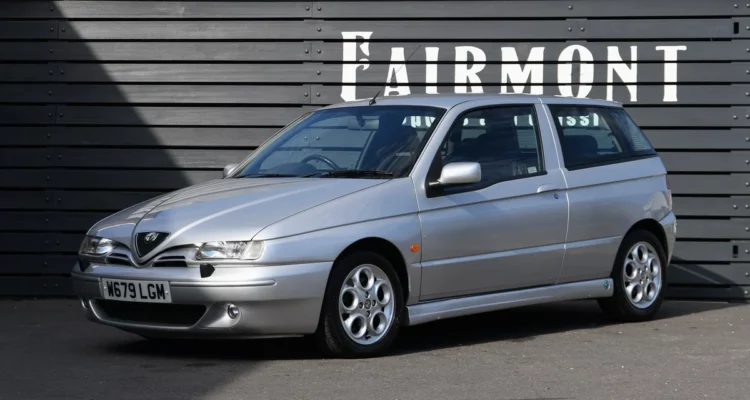The Homologators – Toyota Celica GT-Four ST205
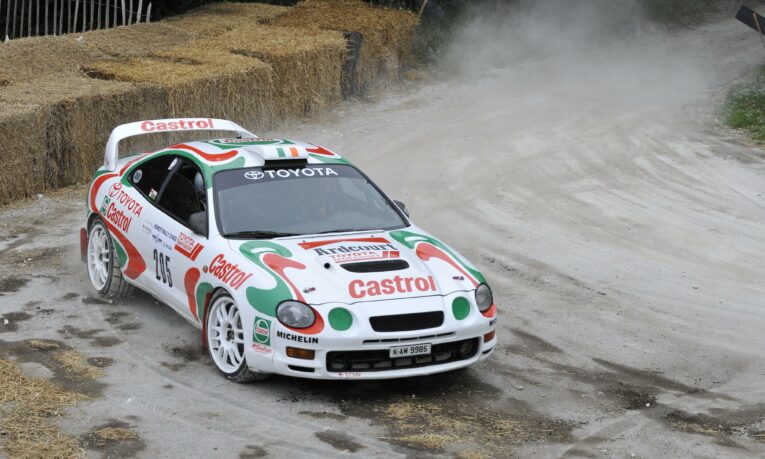
Perhaps not as esteemed as some of the more high-profile and popular rally legends we’ve examined in this series the Toyota Celica GT-Four nevertheless remains a true bastion of the sport and has rightfully earned its place alongside the big hitters. With its powerful four-cylinder engine and permanent all wheel-drive the GT-Four, make no mistake, is a proper rally weapon that ushered in a new era in the history of the WRC that will forever be treasured.

There were three different incarnations of the GT-Four, beginning with the ST165 back in 1986. The car featured a 2.0-litre, turbocharged engine driving all four wheels which gave the car an incredible amount of grip, a necessity on the gruelling rally stages it was intended for. It proved to be a formidable beast too with Carlos Sainz taking the WRC driver’s title in ’91 behind the wheel of his Celica GT-Four. The second iteration, named the ST185, arrived in 1989. It was based on the new generation Celica but retained the same four-cylinder engine as the previous model, albeit with various refinements which upped its peak power output. It proved to be even more successful than the ST165, racking up numerous WRC wins for Toyota, culminating in the coveted manufacturer’s title – the first ever for a Japanese company – and paving the way for Toyota’s future triumph in the sport.
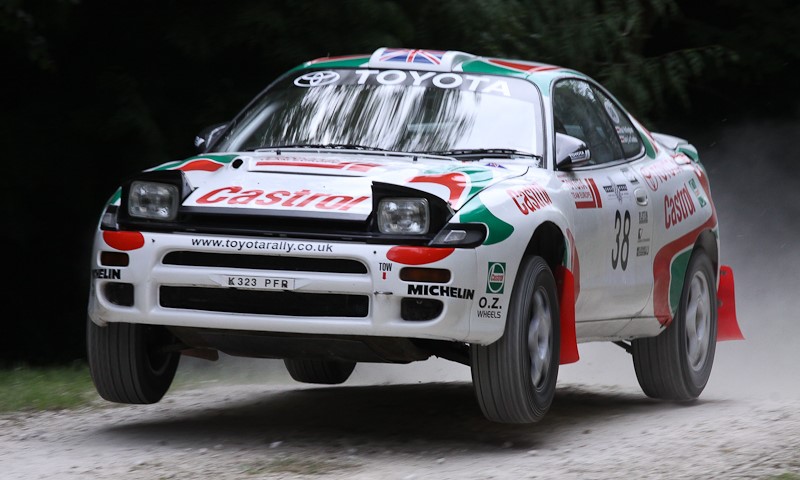
The third and final version of the GT-Four, and the focus of this feature, came in 1994. Again the same 2.0L 3S-GTE motor was utilised but with further revisions so as to remain competitive in a sport that was growing ever more so by the year. An improved charge-cooled turbo, four channel ABS and tweaked suspension improved the car’s performance all round with power now clocked at over 300bhp. Along with Toyota’s other performance offerings – the Supra and MR2 – the Celica GT-Four was the third proper sports car in the line-up when the road-going version was made available for public consumption.
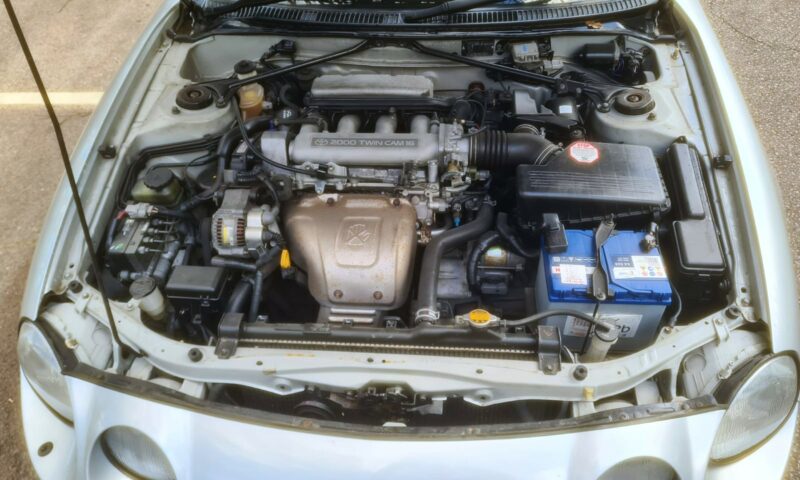
2500 units were homologated and produced to allow Toyota to enter the GT-Four in Group A rallying. These WRC examples featured additional gadgetry over the standard GT-Fours in the form of an anti-lag system to combat some of the delay that is inherent with turbos, a water spray setup for the intercooler and an improved pump for the injector system, amongst various bodywork enhancements. The upshot was a six-second 0-60 time and a peak power figure of 239bhp in a car that handled like it was on rails. Japanese Domestic Market cars were slightly more powerful, however, with an extra 13bhp from the 2.0-litre inline-four.

Other mechanical features of the road cars included a bonnet made entirely of aluminium and ‘Super Strut’ suspension. A hybrid between normal MacPherson struts and a multi-link setup this system wasn’t utilised on the WRC cars due to the higher demands of rallying. Whatever the setup, however, the Toyota Celica GT-Four ST205 is truly a special car. It’s a genuine rally legend that is forever an integral part of the rich tapestry of the sport, despite a somewhat disparate final chapter.
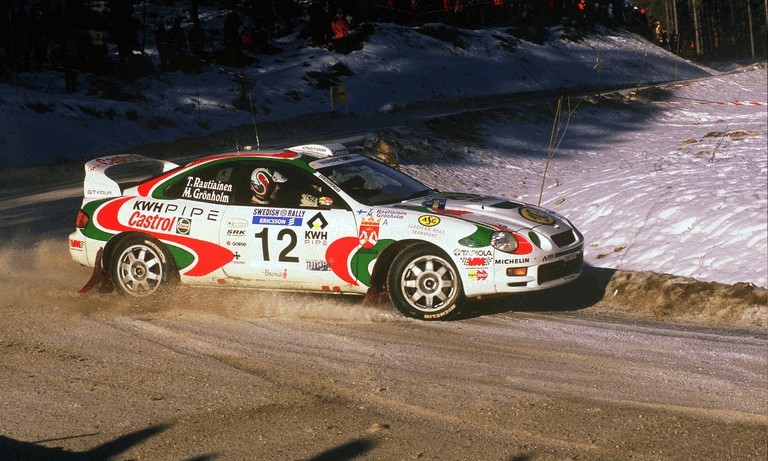
You see, on the world rally stage the ST205 should have been a formidable beast but it only managed to rack up a handful of titles, and a small handful at that. The trouble is, Toyota was a bit naughty when it came to the turbo setup on its competition cars. During the ’95 season a particularly keen-eyed official noted how much quicker the GT-Fours were accelerating compared to the competition. Things subsequently went a little bit Goodfellas and Toyota were promptly snitched on to the powers that be. It was discovered that the restriction plates used on the car’s turbochargers were illegal, from a WRC perspective at least, with FIA president Max Mosley at the time pronouncing it “the most sophisticated device I’ve ever seen in 30 years of motor sports.”
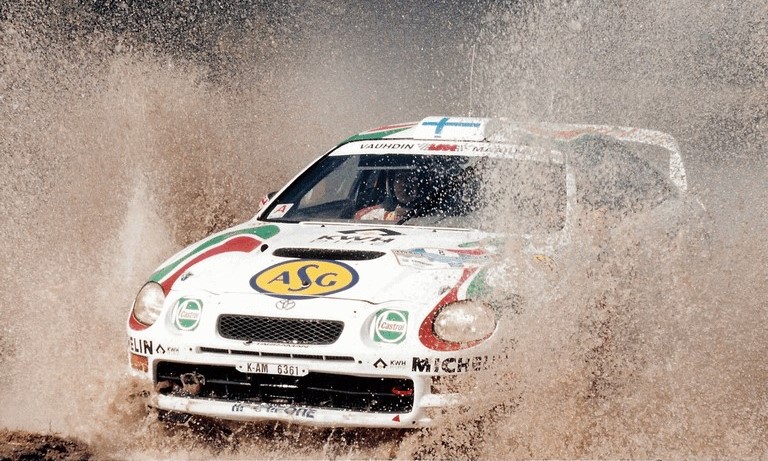
The result of this rule-breaking activity was a ban for the remainder of the season for Toyota. Subsequent regulation changes followed, making way for a new generation of rally cars and so that was pretty much that for the Celica GT-Four as far as the WRC was concerned. A black mark on what was otherwise a great run of rallying successes for Toyota, yes, but it doesn’t diminish just how capable of a car the ST205 was, and still is.
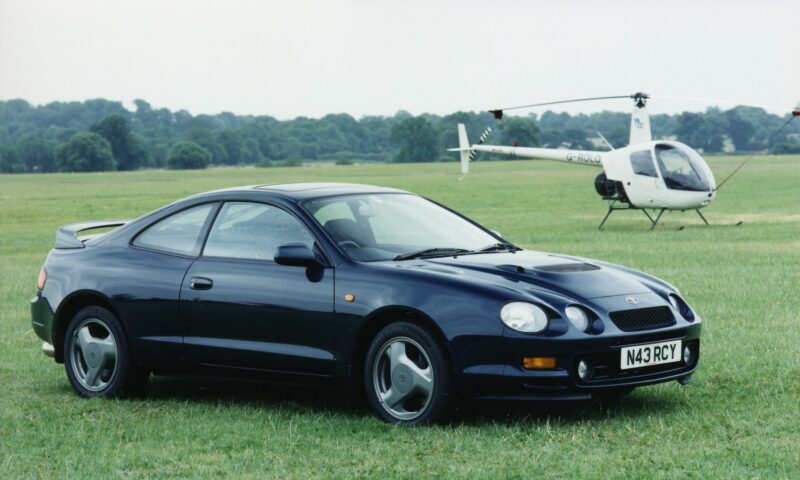
All of this motorsport success lent a certain level of kudos to the road cars, the problem was they were just too expensive for most enthusiasts, despite the heritage. Pricier than an Escort Cosworth or Impreza Turbo the GT-Four failed to find an audience in the UK, but absence, as they say, makes the heart grow fonder and many JDM cars have found their way to our shores over the intervening years and the ST205 is ageing like a fine wine. A fine wine that can easily be tuned to well over 300bhp. Not only that but the well-proportioned, curvy lines still look good today. It’s rare too and built to last which makes it an incredibly desirable competition-bred classic in today’s market.
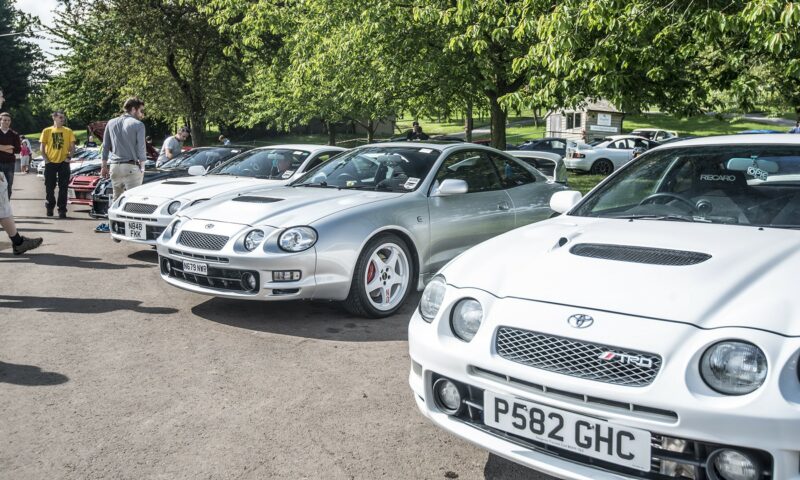
The importance of the Toyota Celica GT-Four cannot be overstated. It was the forerunner to the four wheel-drive, turbocharged Japanese rally legends that came to dominate the sport in its wake. Cars like the Mitsubishi Evo and Subaru Impreza owe a lot to the Celica and although they may have gone on to overshadow the GT-Four, its influence and importance are clear for all to see. Nowadays it represents a far more unique proposition than either of those rival cars. If you can find one that is. Out of the 2500 homologation cars produced only 300 made it to Europe and while Japanese imports are out there the ST205 remains very much a part of that particularly exclusive group of avian dentistry.
If you do fancy your chances at finding the ST205, it’s worth keeping an eye out at Car and Classic, where you’ll find all manner of Toyota Celica for sale.

